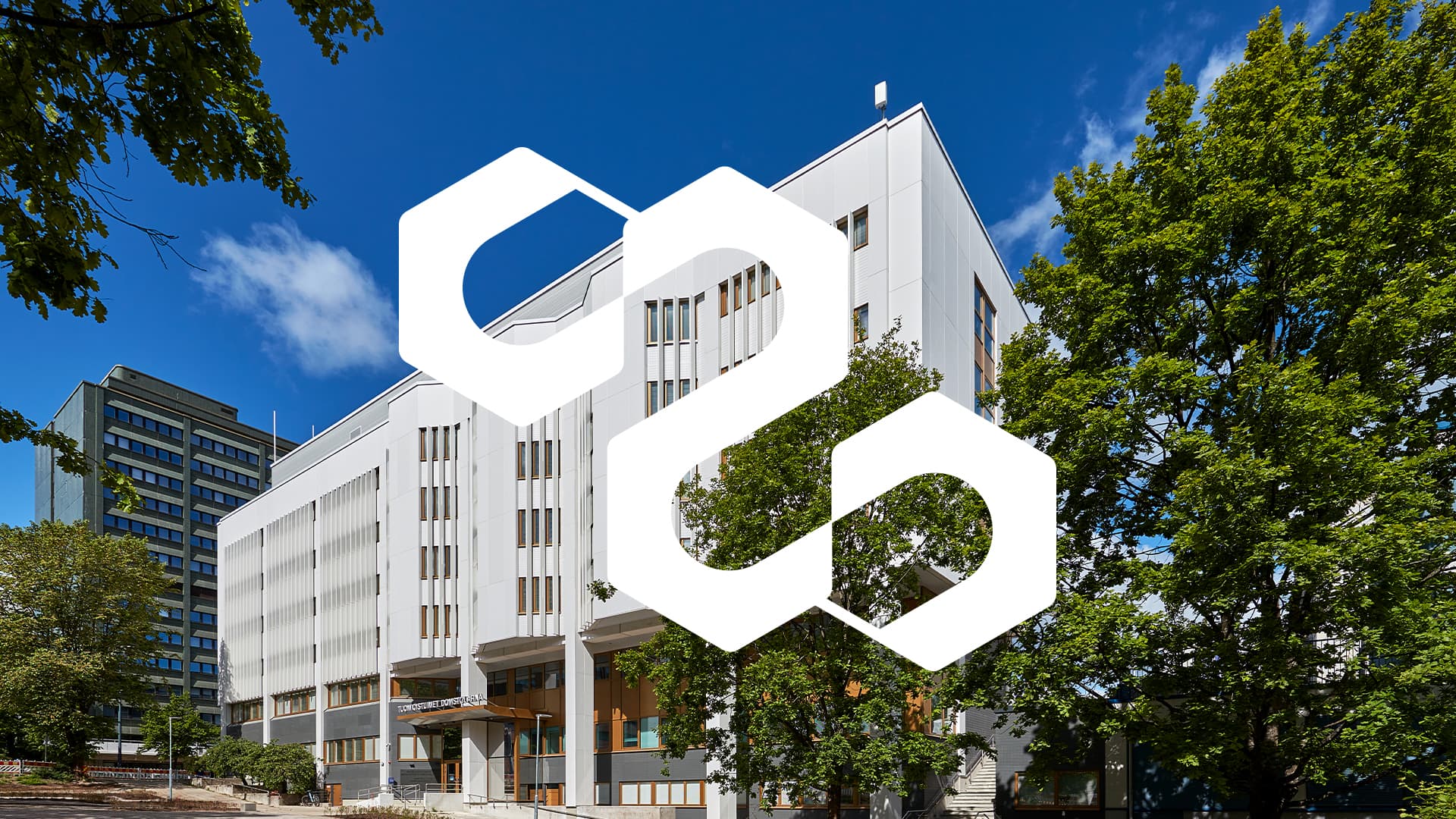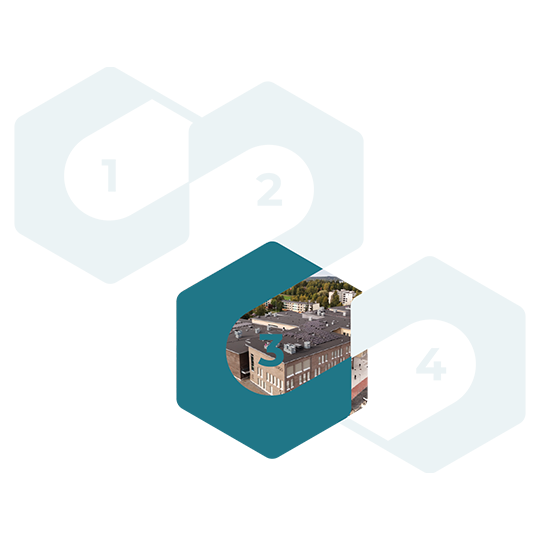
Circular intelligence in design and construction
We believe that the circular economy is the solution to all environmental sustainability challenges in the built environment. It offers numerous opportunities to promote sustainable development, improve resource efficiency, mitigate climate change and prevent biodiversity loss.

Circular intelligence as a solution for the circular economy
For the circular economy to become a reality in the built environment, mindsets and practices need to change, both in design and construction. In the future, new buildings should be constructed using materials derived from the built environment. This requires circular intelligence.
In short, circular intelligence is a way of thinking and working that combines design, data and collaboration.
In circular design, the principles of the circular economy are not just an isolated or retrofitted element, but the design is based on them from the outset and holistically.
Circular design and construction requires documented data on the built environment - for example, digital building material catalogs and digital twins of buildings that allow for the traceability and reuse of building materials and components in future projects.
To ensure an intelligent circulation of materials and resources, cooperation between different actors needs to be strengthened. Circular intelligence is achieved when designers, architects, contractors, clients and users follow its principles.
"Circular intelligence means extending and linking life cycles, saving resources and designing for the future."
Principles for designing and building with circular intelligence
There are many ways to promote circular intelligence at different stages of a project. Following the principles of design and construction for circular intelligence will guide the way towards a circularly intelligent environment.
1. We extend life cycles
- We make use of the existing building stock when new space is needed.
- We diversify space utilization and increase occupancy rates.
- We create new uses for empty or disused space.
- We design buildings that are easy to maintain, service and repair.

2. We save natural resources
- When we build new, we use used components and materials.
- We use materials that comply with the MARA regulation instead of virgin soil.
- We design for material efficiency.
- We design solutions that promote energy and water efficiency and reduce waste in building operations or industrial production processes.

3. We plan for the future
- We design with materials that stand the test of time, circulate well and have a low environmental footprint.
- We design buildings that can be renovated, modified and extended without major demolition.
- We design the future of structural components and materials with the end of their life in mind, for example to be dismantled and moved intact.
- We create the conditions for the future circular economy by combining sufficient information with data models.

4. We connect life cycles
- In demolition and circular economy planning, we identify the structural components and building materials, determine which are to be demolished intact and plan the reuse.
- We redirect materials and structural elements to a beneficial use, for example from the end of a building's life cycle to the beginning of another building's life cycle.
- We minimise the amount of waste going to landfill. Ensure a minimum of 70% efficiency.

We assess our success in implementing circular intelligence through our environmental handprint, which we measure with a handprint meter we developed ourselves.
Circular intelligence lives in AINS Group
Every one of our designers and consultants is part of the circular economy solution. We are determined to grow our expertise and actively bring ways to reduce resource use, implement circular economy principles and improve energy circulation to projects.
We are purposefully developing both new services and digital tools to help our clients harness smart circular economy solutions as part of their projects.
Harness circular intelligence as part of your project
- Circular intelligence relates to the circulation of all resources. In addition to materials and structural components, it takes into account the circulation of energy and water, among other things.
- It can be incorporated into a project as part of a project. We offer you both circular intelligence know-how and services to promote circular intelligence.
- To get the most out of circular intelligence, it is important to take it into account from the very first steps of a project, as the key issues that drive the project are defined at the outset.





